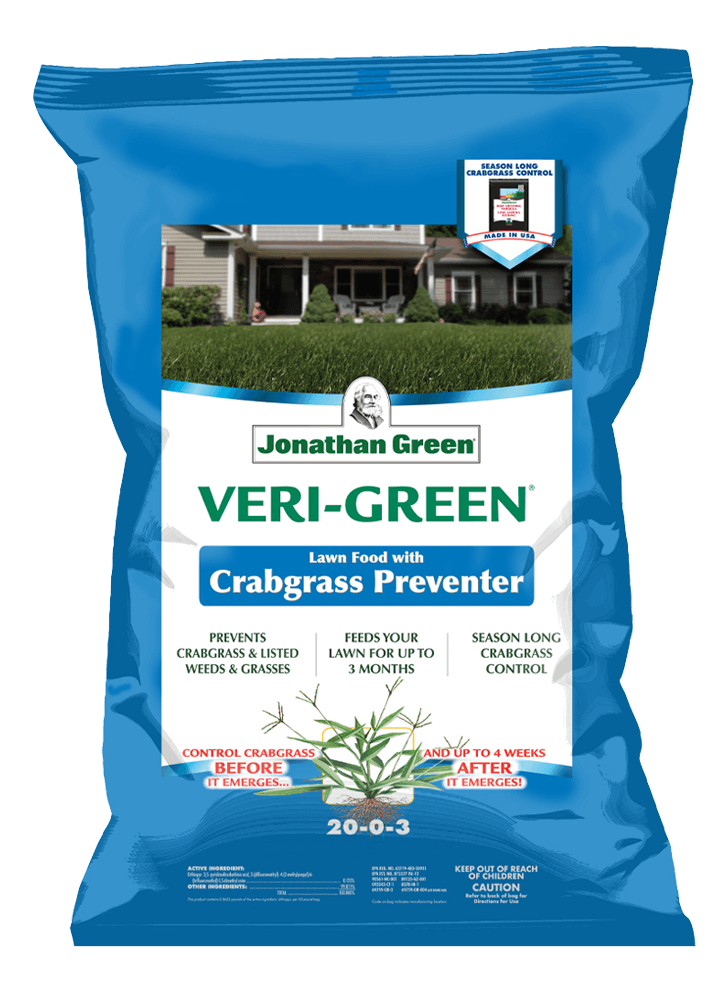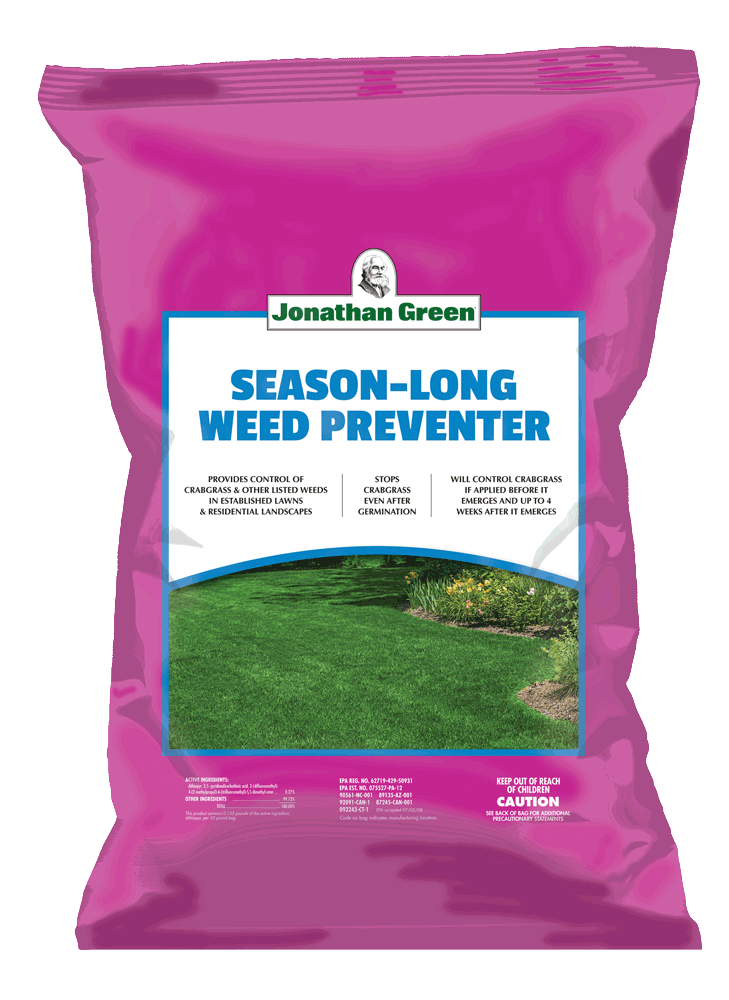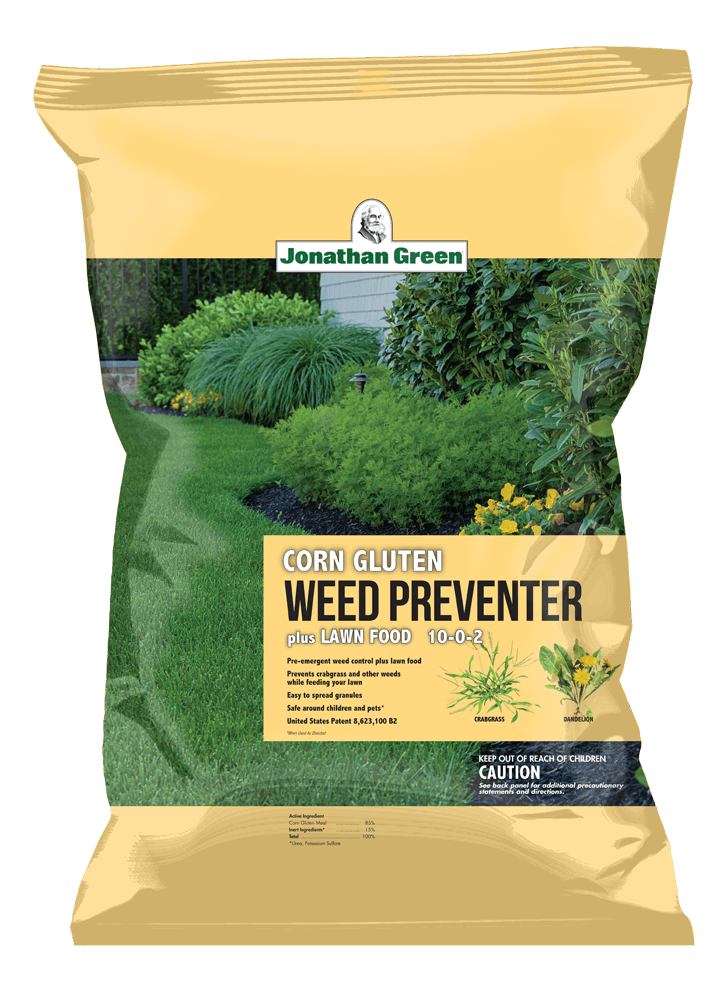5 Things You Need to Know to Control Weeds in Your Lawn
Do you feel like you don’t know where to start with controlling the weeds in your lawn? Have you tried many different methods but nothing seems to work?
We all know how difficult it is to deal with weeds as many of us have had a weed control issue in the past.
Weed control is a challenge, but once you have the knowledge under your belt, it doesn’t have to be! Learn how to control weeds in just a few easy steps!
Here are the 5 things you need to know about weed control:
1. Identify Your Weeds
Before you attempt to control the weeds in your lawn you need to know what type of weeds they are. There are two major types of weeds:
Broadleaf Weeds:
- Typically sprout in the bare spots or weaker sections of the lawn where the turf grows sparse. They are easier to identify because they have flowers.
- While many of these weeds have flowers that are easy to spot, such as yellow dandelions, others are harder to see, such as the small white flowers on chickweed.
- Examples of broadleaf weeds are dandelions, chickweed, plantain, henbit, bittercress, buckhorn, and white clover.
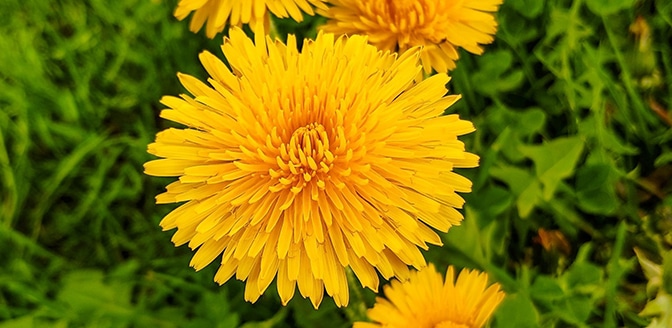
Grassy Weeds:
- Are harder to identify and control because their leaf blades look similar to turfgrass.
- The major difference between grass and grassy weeds is the leaf blades of grassy weeds are coarse, rough, and unattractive. Unlike broadleaf weeds, these do not produce flowers.
- Examples of grassy weeds are crabgrass, goosegrass, annual bluegrass, bermudagrass, nimblewill, and nutsedge.
Are you having trouble identifying the weeds in your lawn? Check out this weed identification chart!
2. Choose Your Weed Control Methods
There are many different ways to control weeds. The method you choose must be right for you, your family, and your lawn.
For example, if you have a small weed infestation, it may be best to use manual methods. If you have children and pets who play on the lawn, you may want to opt for organic weed control.
Mechanical or Manual weed control involves either hand pulling or using tools to remove weeds from the ground. The two most common types of mechanical control are mowing and tilling.
Chemical weed control involves the use of manmade herbicides to get rid of weeds. This includes all chemical-based pre-emergent, post-emergent, broadleaf, and grassy weed controls.
Some of the major active ingredients in chemical weed controls are dicamba, 2 4-d, MCPP, triclopyr, and dithiopyr.
Weeds are often killed by multiple chemicals. Halosulfuron however, is the only herbicide that kills nutsedge and kyllinga.
Weed controls with these ingredients are “selective” treatments. Be sure not to get these herbicides anywhere except for the area you are targeting because they can damage surrounding plants, flowers, and shrubs.
Organic weed controls use ingredients that are naturally occurring as opposed to man-made. The definition of an organic product is one that is derived from a source that was previously living whether it be from a plant or an animal.
A few examples of organic weed control methods include corn gluten, vinegar, citrus oil, and iron-based products.
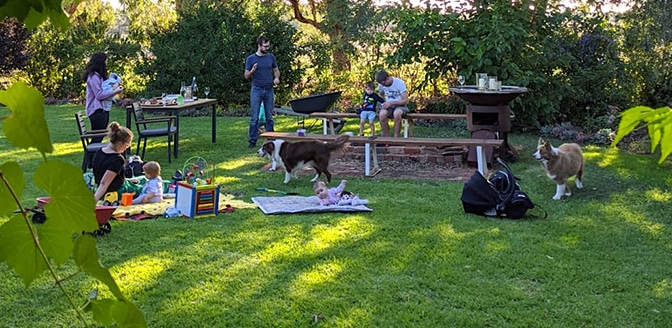
3. Control the Correct Weeds
When applying weed control ensure that it kills the type of weed that is an issue.
Applying crabgrass preventer will not help you get rid of dandelions and applying a broadleaf weed control will not help to get rid of crabgrass.
As there are two major types of weeds, there are also two major types of weed control: broadleaf weed control and grassy weed control.
This information is usually found on the product label. Oftentimes there will also be a chart on the product that identifies the specific types of weeds it kills.
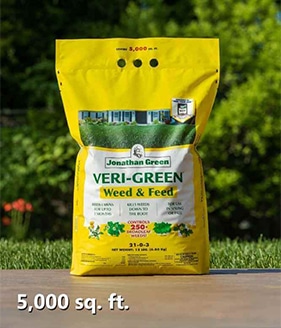
4. Timing Your Application
Applying weed control at the correct time is just as important as using the correct type of weed control.
Weed control is categorized as either pre-emergent or post-emergent or in a few cases, both.
Just as a broadleaf weed killer cannot kill a grassy weed, pre-emergent weed control cannot kill a weed that has already sprouted and emerged from the soil.
Pre-emergent weed control is particularly important for grassy weeds, like crabgrass.
The seeds of weeds can remain dormant in the soil for many years. But if you apply pre-emergent weed control then you can prevent these weeds from germinating.
Crabgrass is a great example of a weed that requires pre-emergent control. Each crabgrass plant has the potential to create 150,000 seeds that can survive in lawns for up to 30 years!
However, if you apply pre-emergent weed control you can stop those pesky seeds from germinating in the first place.
It is essential to apply pre-emergent control* in the early spring before soil temperatures get warm enough for seed germination.
You can apply post-emergent weed control any time after a weed has germinated but it is most effective early on in the weed’s life cycle.
For example, some types of post-emergent crabgrass control can only kill the weed up until the 3-leaf stage of growth while mature crabgrass has 7 leaves.
5. A Healthy Lawn is Key
The best weed control is a healthy lawn!
Weeds thrive in acidic and undernourished soil environments. Therefore, to prevent weeds from coming back year after year it is important to feed your lawn and your soil all through the growing season.
A healthy lawn that is overseeded and fertilized regularly will have fewer weeds!
Jonathan Green has -the best advice on the timing of application and the best products for lawn weed control and fertilizer.
It’s important to understand that weeds are the end result of a weak lawn, not the root cause of it. There are many reasons why your lawn may be struggling.
Why Your Grass Is Struggling:
- Poor grass seed varieties
- Unbalanced soil pH
- Soil compaction
- Lack of topsoil
- Inadequate amounts of fertilizer
- Low mowing height
- High traffic
Poor grass seed varieties often cannot outcompete weeds.
Soil compaction leads to hard soil that air, water, and grass roots can’t penetrate.
Soil pH that is either too low and acidic or too high and alkaline is not suitable for grass growth.
All of these conditions weaken your lawn and leave room for weeds to thrive.
Applying the correct amount of fertilizer at optimal times, improving the health of your soil, and planting superior grass seed varieties will put your lawn in the right direction for a great looking weed-free lawn!
Overview
Spring lawn care can seem like a lot of work at times, especially when it comes to controlling weeds. But it doesn’t have to be!
When controlling weeds remember:
- Identify your weeds as either broadleaf or grassy weed
- Apply broadleaf or grassy weed control depending on the type of weed you have (some controls do both!)
- Control and prevent the specific species of weeds in your lawn
- Time your application correctly- herbicides are usually classified as either pre or post-emergent control
- Create a healthy environment for grass to thrive. The best way to stay weed-free is to maintain a healthy lawn year-round!
Now that you have the information, it’s time to put it into practice! You now know what you need to do when heading outside.
The work you put in now will pay off later while you’re enjoying your lawn in the warmer months coming up!
